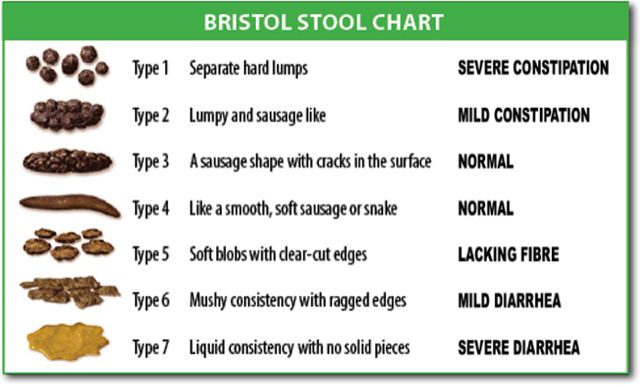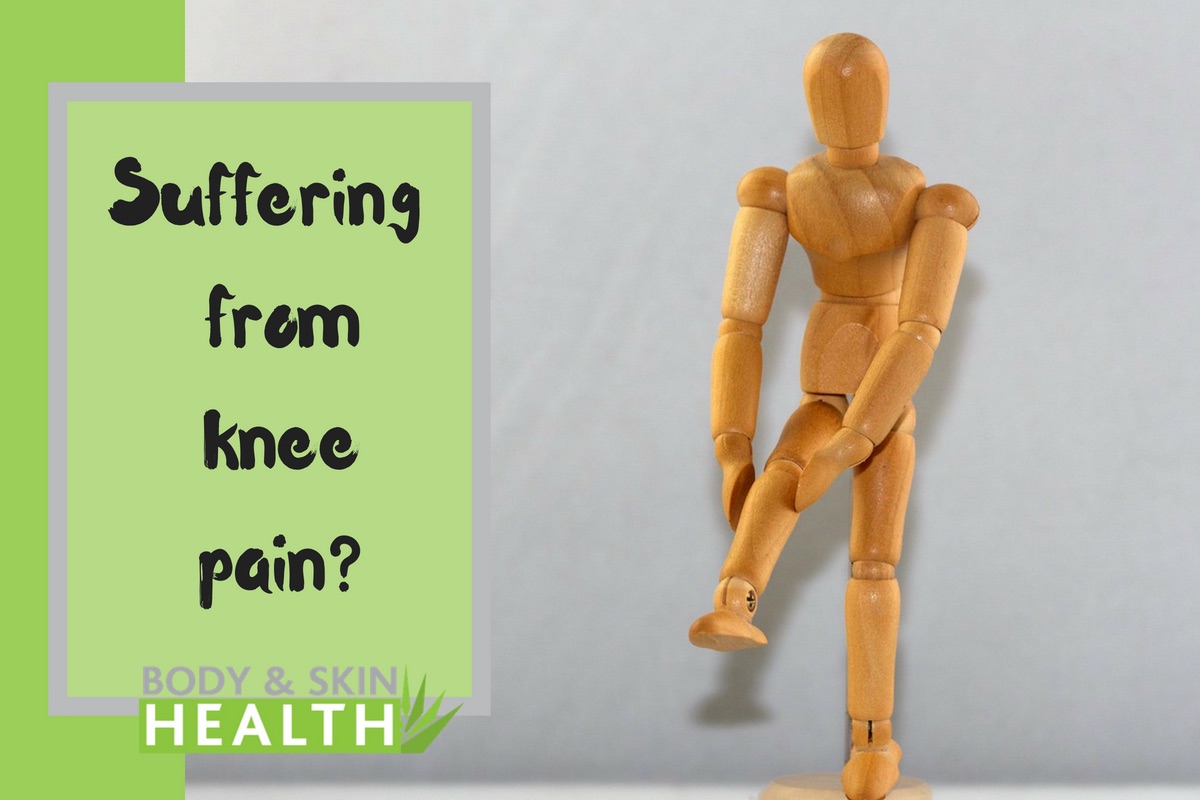
Summer is Here. Protecting Your Skin Should be at the Top of the List!
June 20, 2018
Trim Tea is making a difference with people’s health!
August 10, 2018We all know its a necessary function of our bodies. Guess what? Everybody poops! We don’t like to talk about it, BUT maybe we should! It’s best if it happens every day. Some people are regular every day, and for most of them at the same time of the day; others, it’s every second or third day. Your poop can tell a lot about you and your health. Poop is waste, and you need to get rid of it every day to make sure you are properly removing toxins from your body.
So, let’s talk about it and learn a bit.
Poop facts:
Your poop is about 75% water. The other 25% is solid matter made up of dead bacteria, indigestible food, fats and proteins. Poop’s normal color is brown because of bile but can be different colors based on something you ate, such as beets… it could be red… but if you didn’t eat beets, then red could mean something more serious. If it’s black, that could mean bleeding in your upper GI tract or stomach. Poop smells because bacteria produces smelly compounds. After you eat, it takes normally six to eight hours for food to pass through your digestive tract.
It’s good to know your body and your pooping schedule. If something changes, that could indicate that you should speak to your health care provider.
What can you do to help yourself to have overall better digestive health?
Regular exercise. Drink plenty of water to flush the system. Eat clean, whole foods. Do a detox/cleanse to rid the toxins and give your digestive tract a clean start to be able to absorb your needed nutrients for a healthy body. A healthy gut gives you a healthier immune system.
Type 1: Constipation
Type 1 stools are hard and appear in separate lumps, similar to nuts. They have a longer colon transit time and can be difficult to pass. Type 1 stools are a sure sign that you are constipated.
Type 2: Constipation
Type 2 stools are lumpy, hard, and have a sausage-like appearance. They indicate constipation, toxic overload, and the need for intestinal cleansing.
Type 3: Normal
Type 3 stools have an appearance similar to a sausage but smoother and with surface cracks. This type of stool is considered normal.
Type 4: Normal
Type 4 stools are smooth and soft in the form of a sausage or snake, and like Type 3 stools, are also considered normal.
Type 5: Lacking Fiber
Type 5 stools are soft blobs with clear-cut edges that pass quickly. They are a kind of soft diarrhea. Type 5 stools may be a sign your diet is lacking fiber or of a toxic overload in your system.
Type 6: Diarrhea
Type 6 stools have fluffy pieces with ragged edges. These are mushy and almost resemble diarrhea. These stools are a sure sign of toxic overload.
Type 7: Diarrhea
Type 7 consists of soft, watery stools with no solid pieces. This kind of stool has spent the least amount of time in the colon and may indicate a bacterial or viral infection.
WebMD Medical Reference – Bristol stool scale
Sharon Smith with Body and Skin Health – Your Health & Wellness Coach.
Your Health is your Wealth
These statements have not been evaluated by the Food and Drug. products are not intended to diagnose, treat, cure or prevent any disease.
Here are a few suggestions:
NutriClean 7-day cleansing system with Stevia
NutriClean Probiotics
https://www.shop.com/SHARONSMITH/NutriClean+reg+Probiotics-559052134-p+.xhtml?credituser=C2630311




